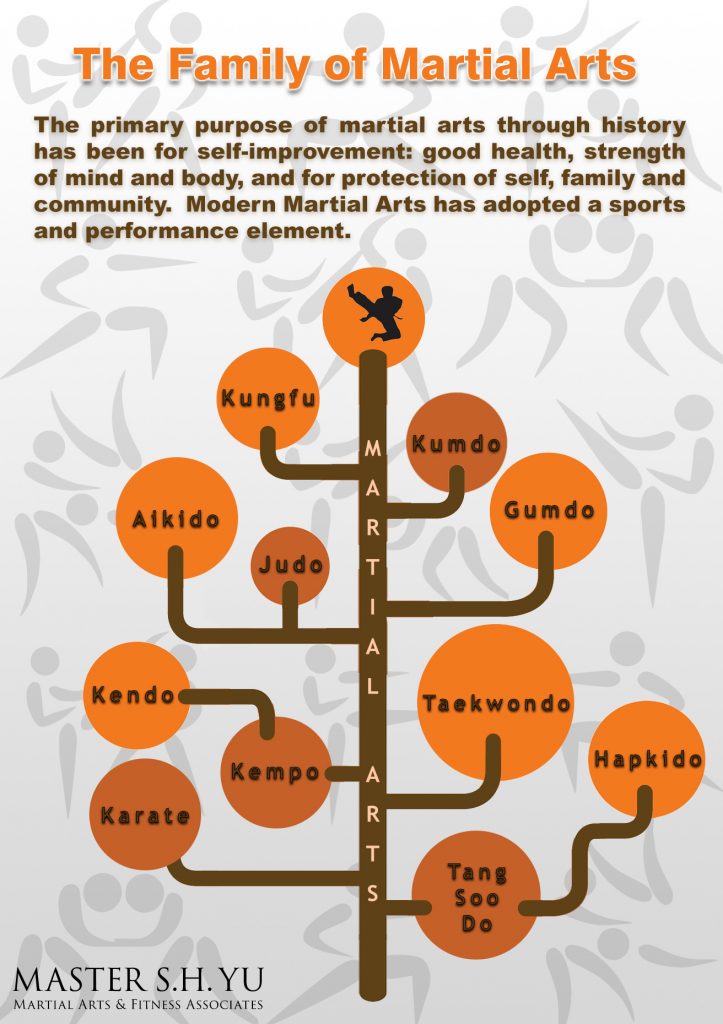Discover The Fascinating Path Of Martial Arts, Where Historical Customs Mix With Existing Techniques, Subjecting Realities That Persistently Mold The Contemporary Combat Scene
Discover The Fascinating Path Of Martial Arts, Where Historical Customs Mix With Existing Techniques, Subjecting Realities That Persistently Mold The Contemporary Combat Scene
Blog Article
Author-Sutton Graham
Martial arts have a remarkable background that covers centuries and continents. You may find it fascinating how old methods like Shuai Jiao and Kalaripayattu laid the groundwork for modern-day fight techniques. These techniques not only emphasize physical skills but also reflect the societies that birthed them. As you discover their evolution, take into consideration exactly how globalization has actually transformed these traditional types right into hybrid styles. What influences do you believe have formed today's martial arts landscape?
Ancient Martial arts: The Foundations of Battle
As you explore the globe of old martial arts, you'll uncover the rich structures that formed fight methods across cultures. Very early techniques focused on Self-Defense and survival, typically including strikes, grappling, and weapons.
In old China, for example, methods like Shuai Jiao emphasized throws and joint locks, while India's Kalaripayattu showcased dexterity and liquid movement. Japanese samurai developed Kenjutsu, a polished swordsmanship that highlighted discipline and approach.
filipino martial arts offered not just for fight however also as a way of personal growth, instilling worths like regard and determination. The blending of these methods gradually prepared for the varied martial arts you see today, each mirroring the unique viewpoints and demands of its society.
The Cultural Influence on Martial Arts Growth
While martial arts often reflect the practical needs of a culture, they additionally symbolize the cultural worths and beliefs of their beginnings. When you check out various martial arts, you'll see just how they're affected by religion, approach, and social standards.
As an example, the emphasis on respect and discipline in Japanese martial arts comes from Zen Buddhism and samurai society. In contrast, Brazilian Jiu-Jitsu promotes versatility and method, formed by the demand for effectiveness in a diverse, multicultural environment.
You might find that the rituals, attires, and training techniques reflect a neighborhood's history and identity. By comprehending these social impacts, you strengthen your gratitude of martial arts and their role fit human experiences around the world.
Modern Adaptations and the Globalization of Martial arts
Martial arts have transformed considerably in current years, adapting to contemporary society and worldwide impacts. You'll notice that standard kinds have blended with modern techniques, creating hybrid styles like MMA. These adjustments deal with diverse audiences, making martial arts available and attractive worldwide.
With the rise of social media sites and digital platforms, you can locate tutorials and competitors from all corners of the world, damaging geographical barriers. This globalization has actually led to a shared appreciation for different self-controls, from Brazilian Jiu-Jitsu to Taekwondo.
As you involve with these arts, you'll realize they're not just about battle; they promote fitness, technique, and mental health.
Eventually, contemporary adjustments have enhanced the martial arts landscape, making it a vibrant and progressing practice.
Verdict
In discovering the history and development of martial arts, you uncover a remarkable mix of strategies, societies, and ideologies. From ancient disciplines like Shuai Jiao and Kalaripayattu to the contemporary versatility seen in mixed martial arts, martial arts show mankind's pursuit for Self-Defense and individual development. As you engage with these techniques, you not only gain skills but additionally a much deeper recognition for the diverse traditions that shape our globe today. So, proceed your journey and welcome the art of fight!
